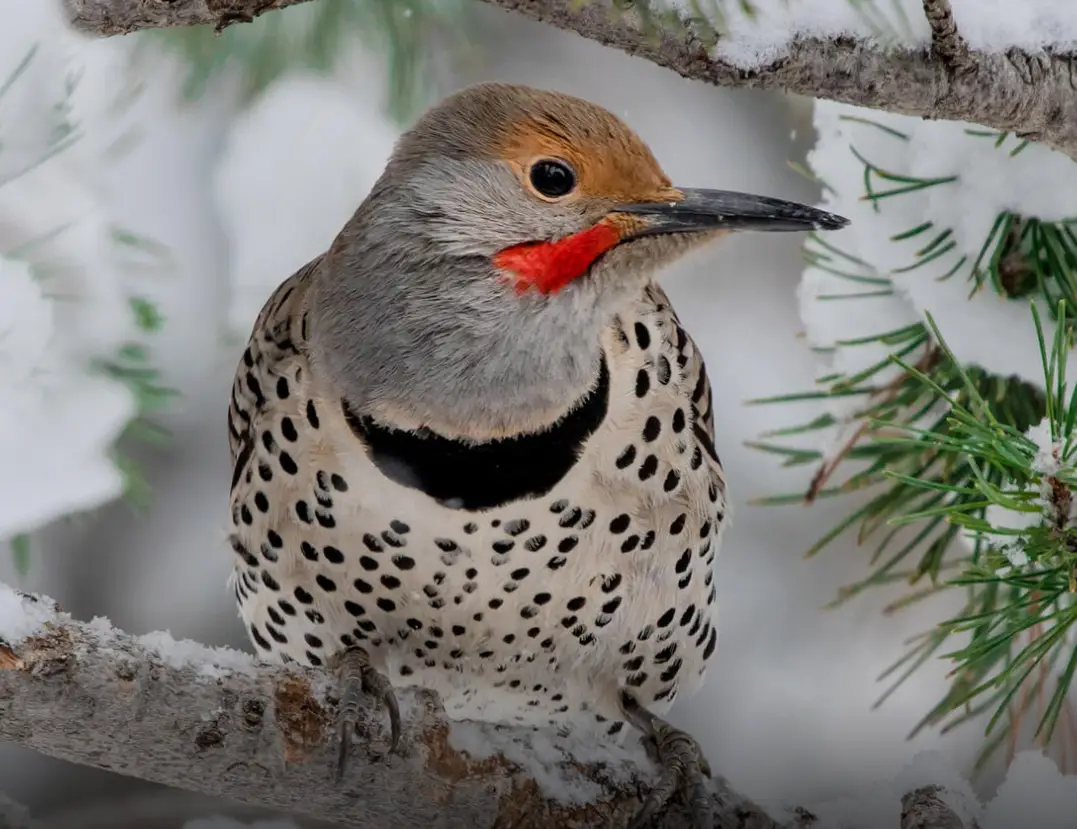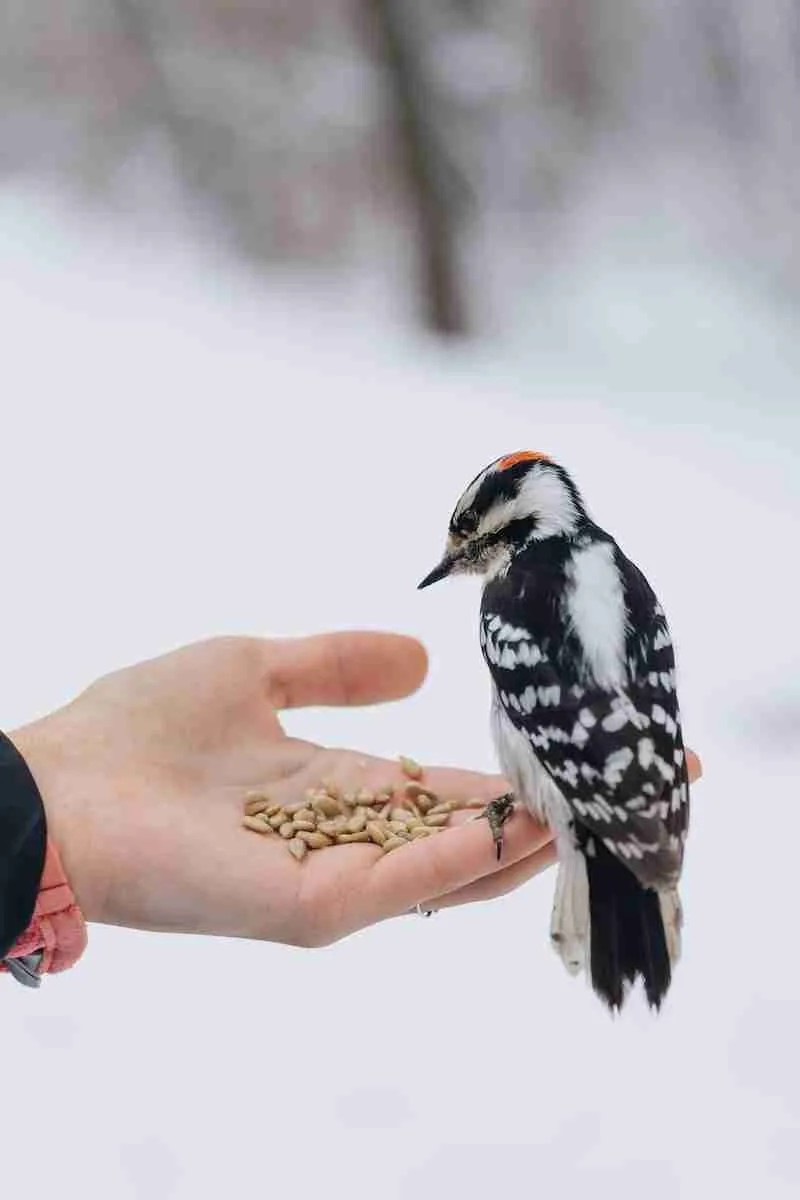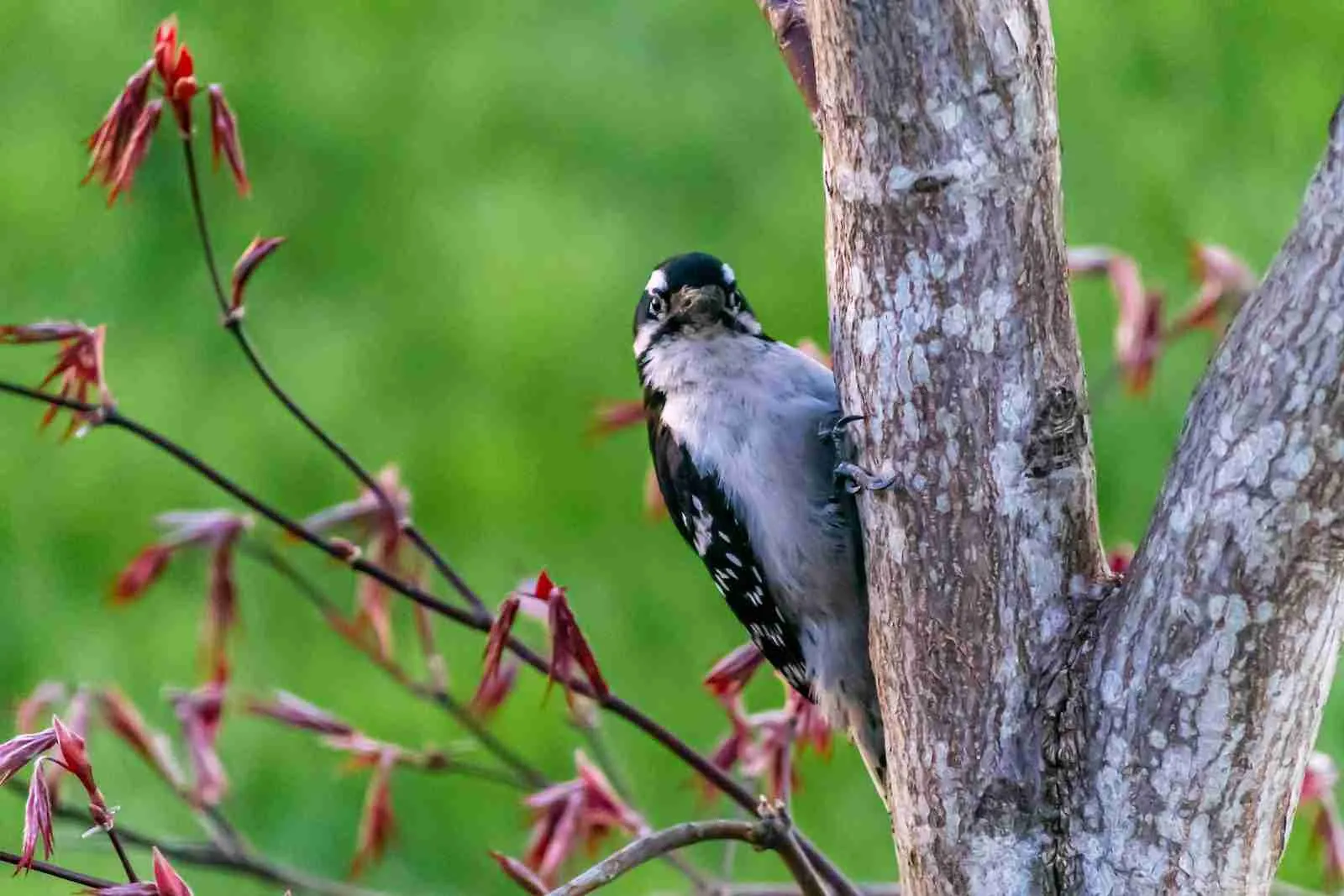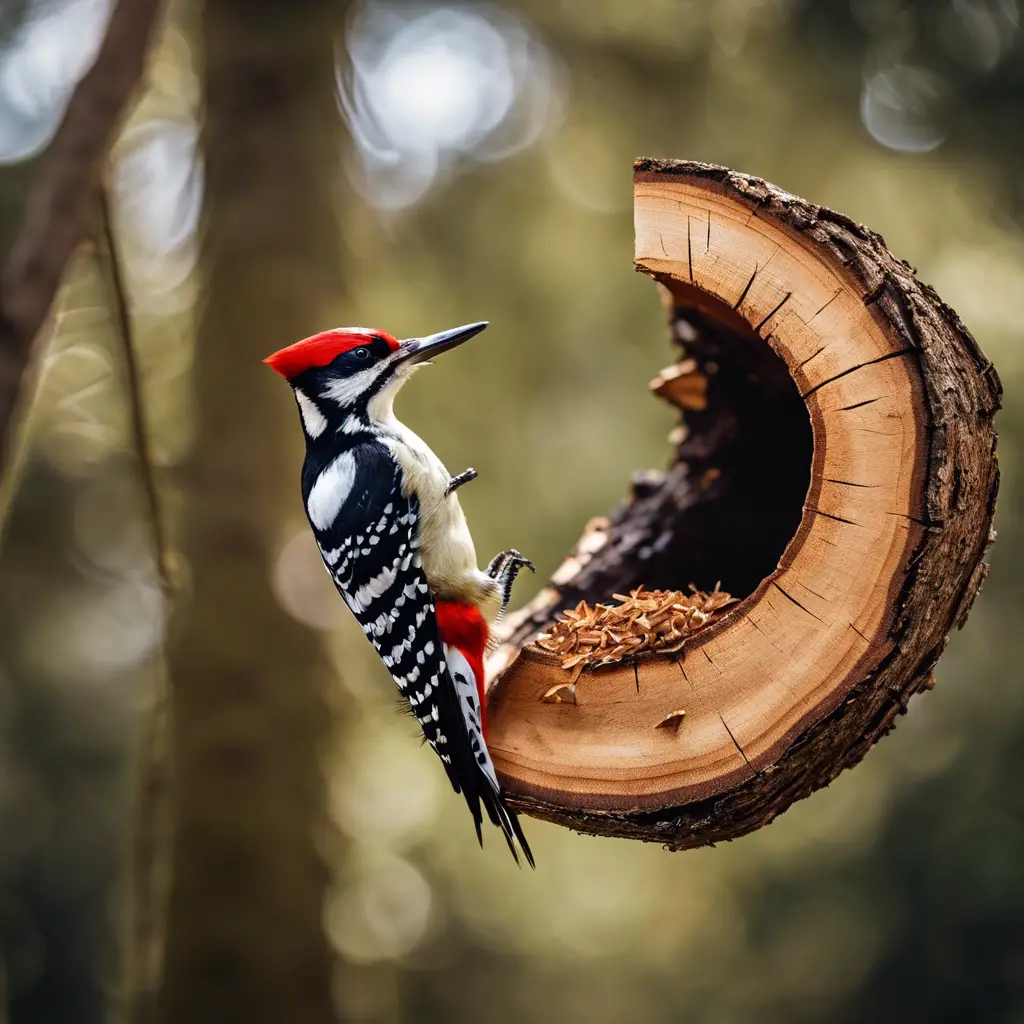Woodpeckers are a common sight in Tennessee, and there are many different types of them. In this blog post, we will discuss the various types of woodpeckers that can be found in the state, as well as what they look like and where they live. We will also provide some tips on how to identify different woodpecker species. So if you’re interested in learning more about these interesting birds, keep reading!
Only trustworthy sources and an ornithologist were used to verify the information.
Most Common Woodpeckers Species in Tennessee
Pileated Woodpeckers
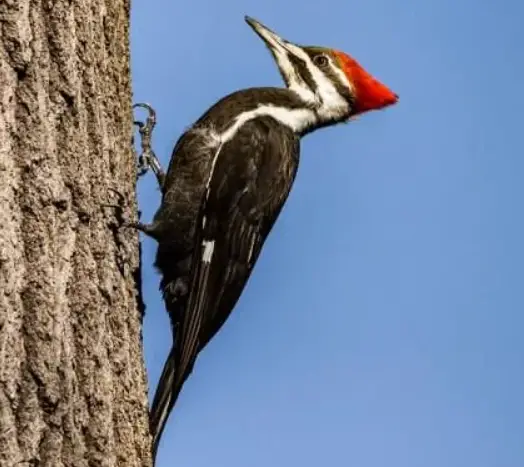
The Pileated Woodpecker is one of the largest woodpeckers in North America. They are black with a white breast and a red crest on their head. Both male and female have these characteristics.
The Pileated Woodpecker is most often seen in forests, but can also be found in wooded areas near swamps and rivers.
The Pileated Woodpecker is very shy around humans and will usually only be seen if you are very still and quiet. If you do see one, you will likely hear them before you see them.
These birds are known for their loud drumming on dead trees which they use to communicate with other woodpeckers and to attract mates. The Pileated Woodpecker will also eat insects, berries, and nuts.

Downy Woodpecker
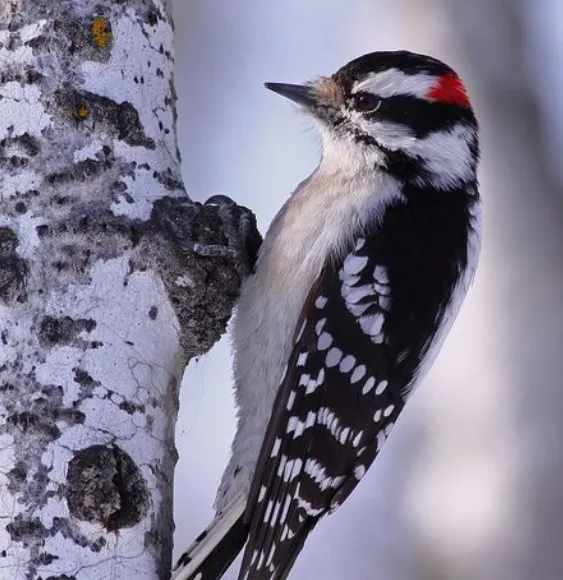
The Downy Woodpecker is the smallest North American woodpecker. Adults are six to seven inches in length with a wingspan of ten to twelve inches. The male has a black cap that extends down the back of its neck, while the female has a black patch on the back of her head.
Both sexes have a white belly with a black back and wings. The tail is black with white outer feathers.
The Downy Woodpecker can be found in forests across North America. Woodpeckers in Tennessee are most commonly found in deciduous forests. These birds prefer to nest in trees, but will also nest in artificial structures such as birdhouses.
Downy Woodpeckers are insectivores, and their diet consists mostly of beetles, ants, and other small insects. They will also eat berries and nuts. Downy Woodpeckers are known to store food in crevices in trees for later consumption.
These birds are very active during the day, and can often be seen climbing tree trunks and branches in search of food. When they are not feeding, they often perch on branches or twigs. Downy Woodpeckers are known to be aggressive towards other birds when defending their territory.
If you see a small woodpecker with black and white plumage in Tennessee, chances are it is a Downy Woodpecker. These birds are a common sight in forests across the state, and their distinctive appearance makes them easy to identify.

Yellow-bellied Sapsucker
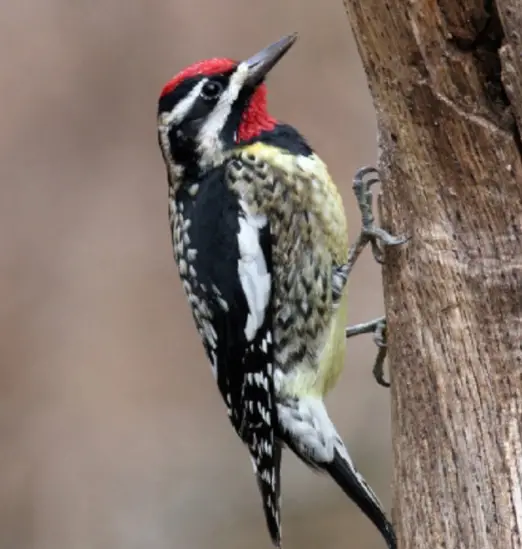
The Yellow-bellied Sapsucker is a small woodpecker that is found in North America. The bird gets its name from the way it drinks sap from trees. The sapsucker has a yellow belly, black back, and white stripes running down its sides.
The male and female look alike. Juveniles are similar to adults but have brownish-black plumage.
The Yellow-bellied Sapsucker is a bird of forests and woodlands. It is found in both deciduous and coniferous forests. The sapsucker often nests in trees near the edge of forests. It also sometimes nests in city parks and suburban areas.
The Yellow-bellied Sapsucker is an insectivore. The bird eats many different types of insects, including beetles, ants, bees, and wasps.
The sapsucker also drinks sap from trees. It pecks holes in the bark of trees and then licks up the sap that flows out.
The Yellow-bellied Sapsucker is a songbird. The bird has a clear, whistling song. The sapsucker also makes a loud drumming sound with its beak. This noise is made by the bird pecking on trees or other hard surfaces.
The Yellow-bellied Sapsucker is found in North America from southern Canada to northern Mexico. The bird is most common in the eastern United States and southeastern Canada.
It is also found in the western United States, including parts of California, Oregon, and Idaho. The sapsucker is a year-round resident of Tennessee.

Related post: Types of Woodpeckers in Louisiana
Red-cockaded Woodpecker
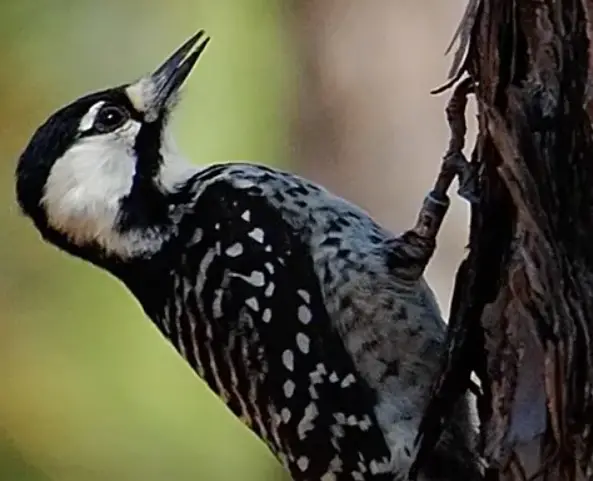
The red-cockaded woodpecker is a small to medium-sized woodpecker measuring around nine inches in length. The upperparts of the bird are black with white bars, while the underparts are mostly white.
The male has a red cap, while the female has a black cap. This species gets its name from the red feathers that adorn the male’s cap, which is known as “cockades.”
This woodpecker is found in the southeastern United States, specifically in forested areas of North and South Carolina, Georgia, Florida, Alabama, Mississippi, Louisiana, and East Texas.
The bird nests in living trees, typically pine trees. It excavates a cavity in the tree, which it then lines with wood chips. The female will lay between two and five eggs in the nest.
The red-cockaded woodpecker is listed as a federally endangered species due to habitat loss and fragmentation. In order to help protect this species, there are a number of laws and regulations in place that restrict activities in areas where the bird is known to live.
These laws include the Endangered Species Act and the Migratory Bird Treaty Act. If you see a red-cockaded woodpecker, please report it to the appropriate authorities so that steps can be taken to protect this amazing bird.

Northern Flicker
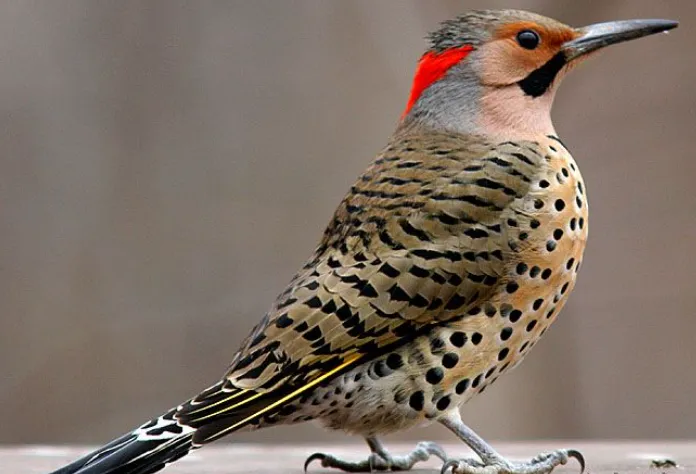
The Northern Flicker is a beautiful bird that can be found in many parts of the United States, including Tennessee.
These birds are easily identifiable by their bright red breasts, black and white striped wings, and long tails. Northern Flickers are also known for their behavior of hammering on wood surfaces with their beaks.
This is how they get their food, by knocking insects out of the wood. If you see a Northern Flicker in Tennessee, be sure to watch it for a while, as they are very interesting birds to observe.

Hairy Woodpeckers
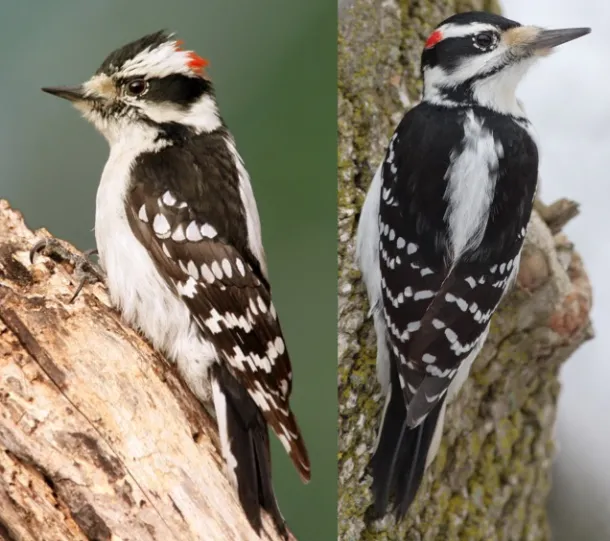
The Hairy Woodpecker is a common bird found in Tennessee. It is a medium-sized woodpecker with black and white plumage. The back is black with small white spots, while the undersides are mostly white.
The wings have large white patches, and the tail is black with narrow white bars. The bill is long and straight, and the legs are black.
The Hairy Woodpecker is a shy bird that is often seen alone or in pairs. It feeds on insects, berries, and nuts. It nests in cavities in trees.
The Hairy Woodpecker is active during the day and can be seen perching on tree trunks or branches, or pecking at trees in search of food.

Red-bellied Woodpecker
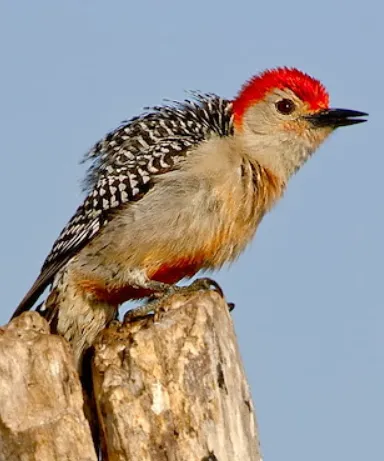
The Red-bellied Woodpecker is a small to medium-sized woodpecker with a short, stubby bill. The adult male has a red cap and nape, while the female has a brownish cap. Both sexes have a pale belly with rusty streaks. Juveniles are similar to adults but have duller coloring and no red on the head.
This woodpecker is found in both deciduous and mixed forests and is a common bird throughout most of its range.
The Red-bellied Woodpecker typically nests in a cavity excavated by the pair in a dead tree or limb. Both sexes help to excavate the nest, which usually takes about two weeks to complete.
The female lays four to five eggs, which are incubated for about two weeks. Both parents help to feed the young birds, which leave the nest after about four weeks.
The Red-bellied Woodpecker is a year-round resident of Tennessee. In the winter, this bird often forms small flocks with other woodpeckers and forages for food together.
The diet of the Red-bellied Woodpecker consists primarily of insects, although fruits and nuts are also eaten. This woodpecker often feeds on the ground, using its bill to dig in the soil for food.
The Red-bellied Woodpecker is a relatively common bird, and its population is stable.
This woodpecker does not currently face any significant threats. However, as with all birds, habitat loss and fragmentation are potential concerns for the future of this species.

Red-headed Woodpecker
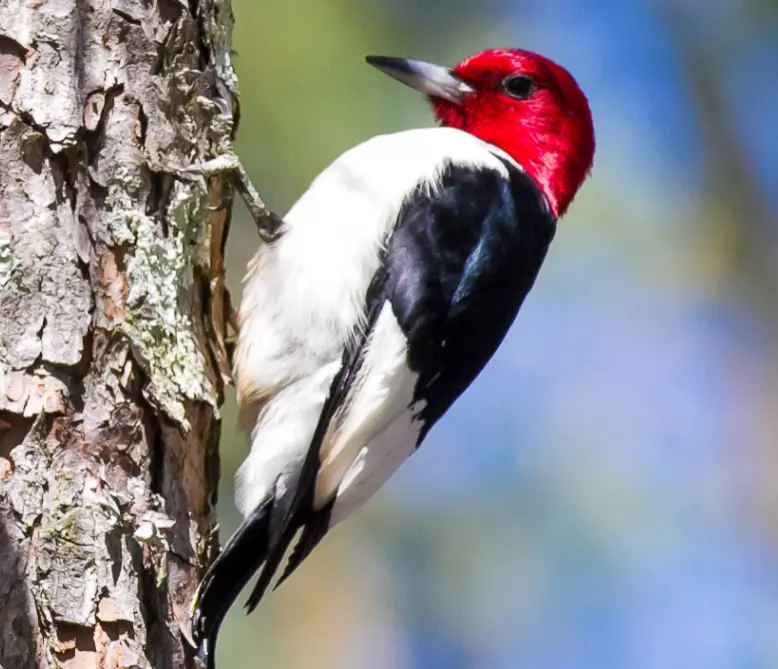
The red-headed woodpecker (Melanerpes erythrocephalus) is a medium-sized woodpecker measuring around nine inches in length. Its most distinctive feature is its bright red head, which contrasts sharply with its black body.
The male and female have similar plumage, although the male’s head may be slightly redder. Juvenile birds have brownish heads and are overall more dull in coloration.
This species can be found in wooded areas across much of the eastern United States, as well as parts of Canada and Mexico. In Tennessee, look for them in forests, parks, and even suburban backyards.
They are most active during the day, and you’ll often see them climbing tree trunks or flying from branch to branch in search of food.
The red headed woodpeckers are an important part of the ecosystem, as they help control insect populations. It also provides food for other animals, such as hawks and owls. They like bird feeders.

How often Woodpeckers are seen in Tennessee during the summer and winter?
The best time of year to see woodpeckers in Tennessee is during the spring and fall. During these seasons, the birds are actively searching for food and can be seen more easily.
In the summer, woodpeckers are often hidden in trees, and they are less active. In winter, some species of woodpeckers migrate south, so they are not as likely to be seen.
However, the Red-bellied Woodpecker is a year-round resident of Tennessee, so it can be seen in the winter months. To get the best chance of seeing woodpeckers, go for a walk in a forested area during the spring or fall. You may also see them in suburban areas or parks.
Is it good to have woodpeckers in your yard?
Yes, woodpeckers can be beneficial to have around your property as they help control insect populations. However, they may also cause damage to trees and structures on your property if they are not controlled. If you have concerns about woodpeckers damaging your property, contact a local wildlife control company for assistance.
Can you shoot woodpeckers in Tennessee?
No, it is not legal to shoot woodpeckers in Tennessee. These birds are protected under the Migratory Bird Treaty Act, which makes it illegal to kill, injure, or possess them without a permit. If you are concerned about woodpeckers damaging your property, contact a local wildlife control company for assistance.
Are woodpeckers common in Tennessee?
Yes, woodpeckers are relatively common in Tennessee. The best time of year to see them is during the spring and fall, when they are actively searching for food. However, you may also see them in suburban areas or parks year-round.
What is the largest woodpecker in Tennessee?
The largest woodpecker in Tennessee is the Red-bellied Woodpecker.

An avid ornithologist, zoologist and biologist with an unwavering passion for birds and wild animals.
Dr. Wilson’s journey in ornithology began in childhood and led him to obtain a Ph.D. in Ornithology from the prestigious Avian Research Institute. He has worked closely with renowned experts in the field and conducted extensive research and field studies globally.

